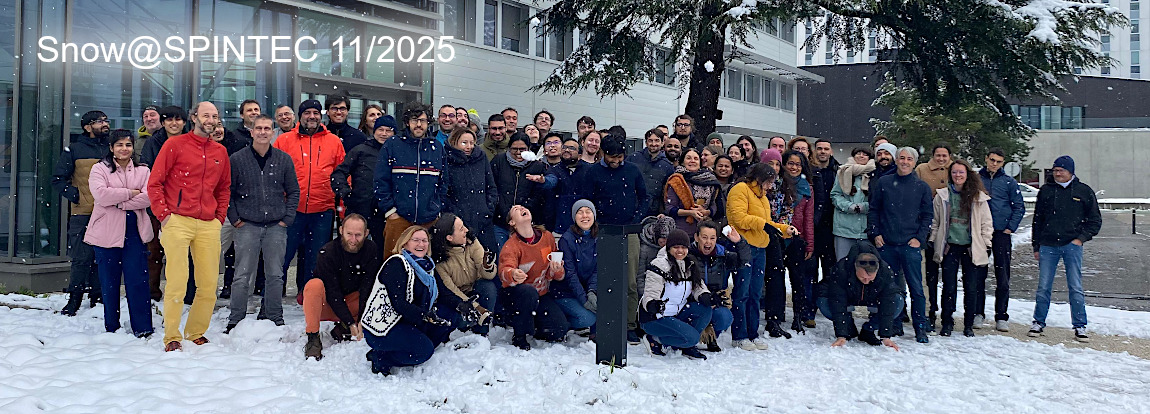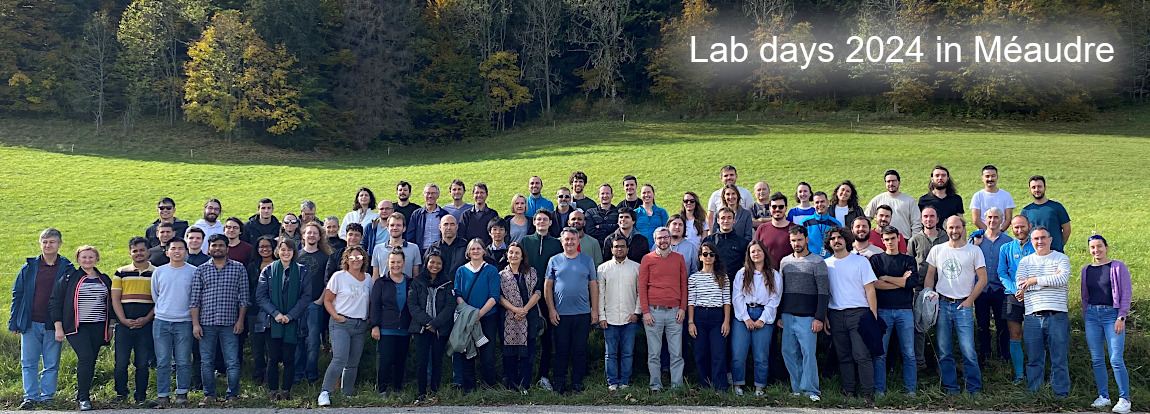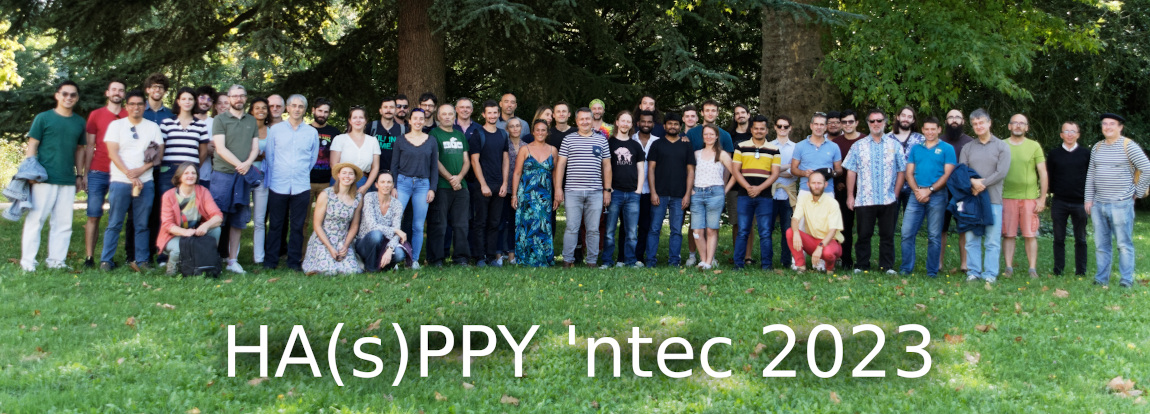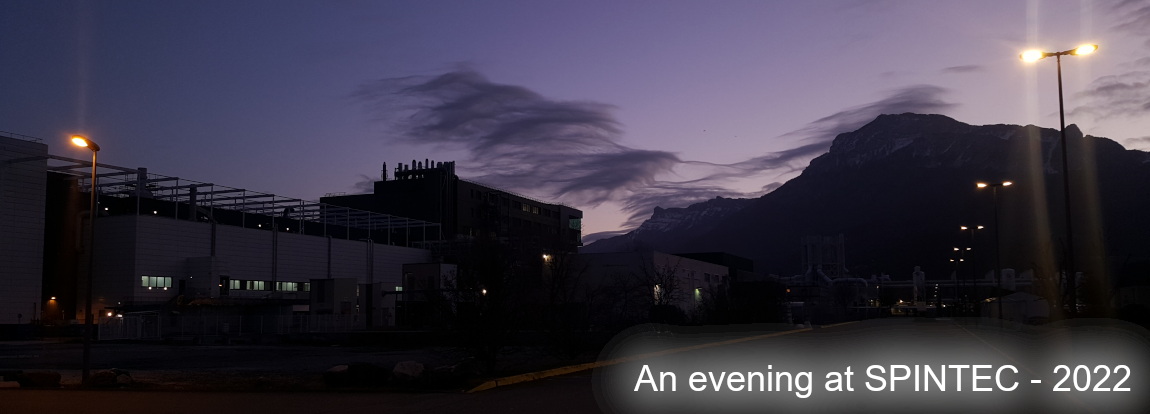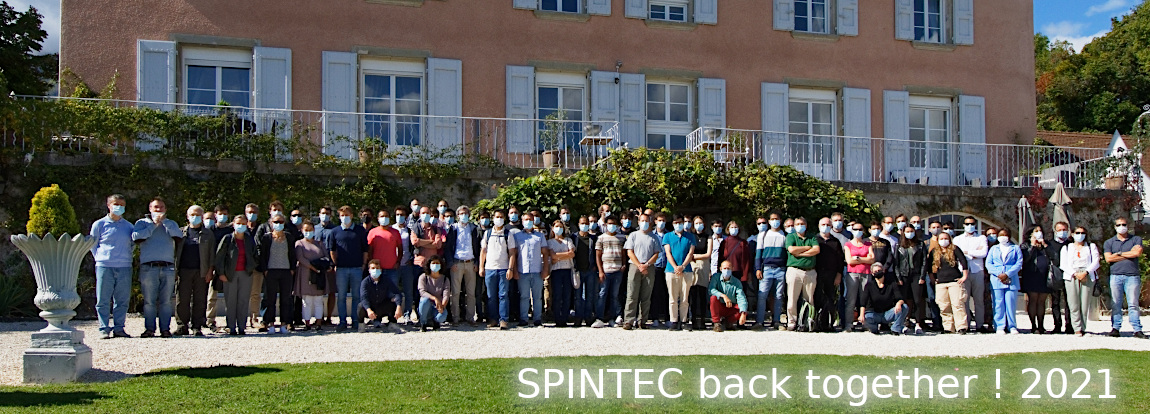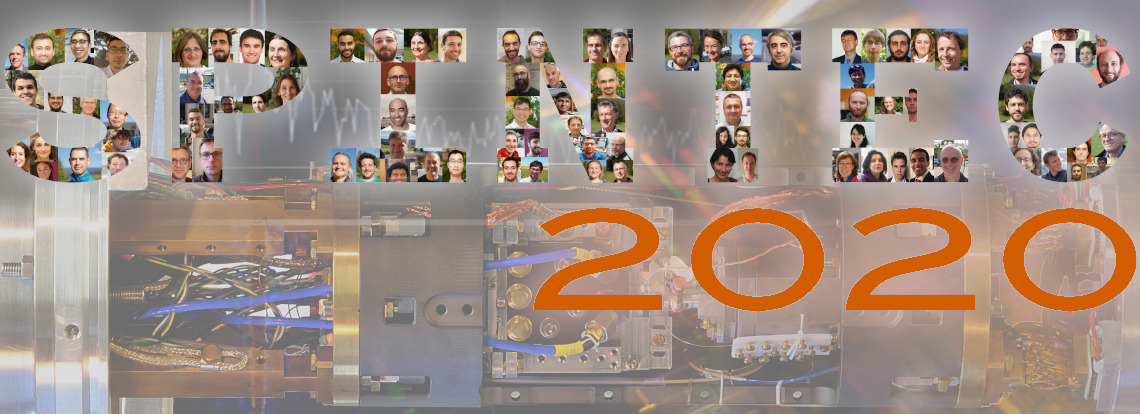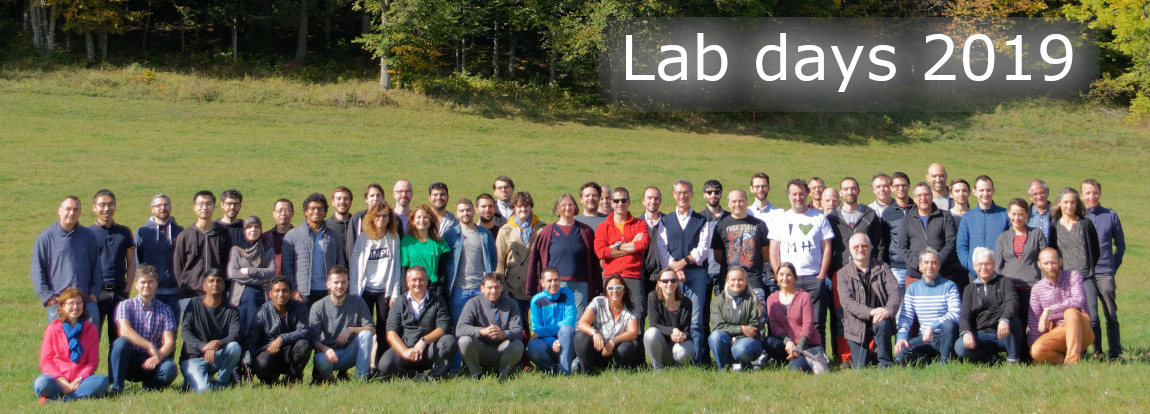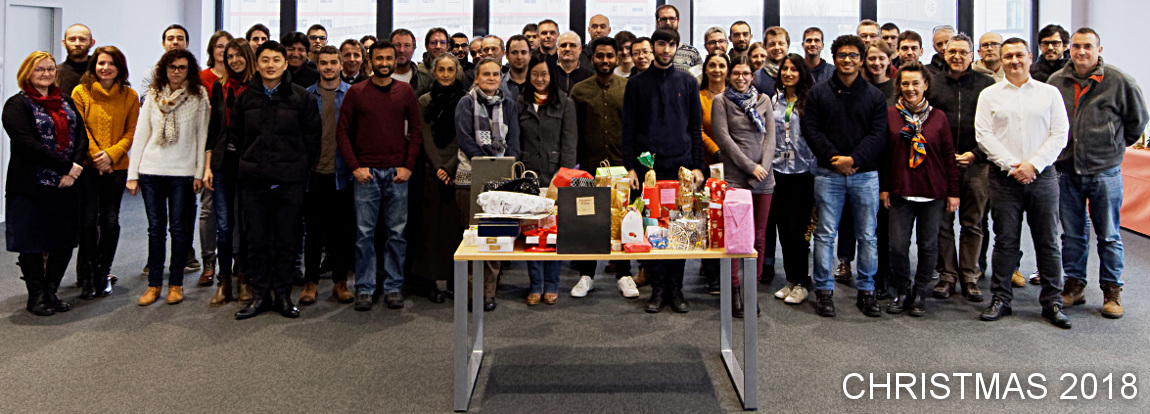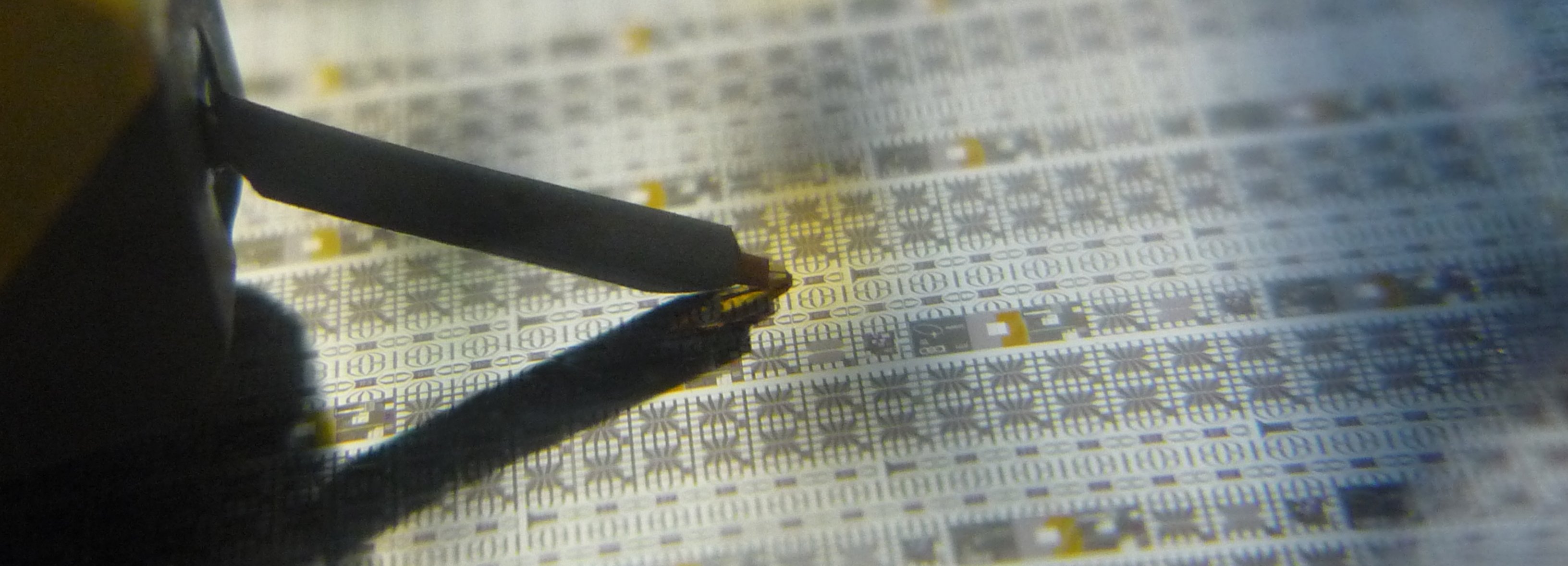ALL NEWS News archives
PhD Defense – Electrical manipulation of topological spin textures for memory and neuromorphic application(November 28th, 2025)

On Thursday, December 18th, at 15:00, Ilaria Di Manici (SPINTEC) will defend her PhD thesis entitled : Electrical manipulation of topological spin textures for memory and neuromorphic applications Place : IRIG/SPINTEC, CEA Building 10.05, auditorium 445 (presential access to the conference room at CEA in Grenoble requires an entry authorization, request it before December 8th […]
Read moreseminar – Spin-orbit torque devices and their applications for neuromorphic computing(November 25th, 2025)

On Monday, December 08th 2025, we have the pleasure to welcome in SPINTEC Pr. Chih-Huang Lai from Department of Materials Science and Engineering, National Tsing Hua University, Taiwan. He will give us a seminar at 11:00 entitled : Spin-orbit torque devices and their applications for neuromorphic computing Place : IRIG/SPINTEC, room 434A CEA Building 10.05 […]
Read moreSeminar – Dynamics of orbital angular momentum in confined geometries and the control of THz magnons in antiferromagnets(November 24th, 2025)

On Tuesday December 2, 2025 we have the pleasure to welcome Egor KISELEV from Max Planck Institute for the Physics of Complex Systems (Germany). He will give a seminar at 11:00 entitled: Dynamics of orbital angular momentum in confined geometries and the control of THz magnons in antiferromagnets Place : IRIG/SPINTEC, auditorium 445 CEA Building […]
Read moreLATEST PUBLICATIONS Publications archives
Physics of current-induced switching in 3D nanopillars(November 3rd, 2025)

We simulated the current-induced switching of magnetization of short vertical magnetic nanopillars as the free layer in a magnetic tunnel junction. Considering spin accumulation is crucial in such 3D elements, leading to an enhancement of the field-like torque, and the excitation of non-uniform FMR modes. 3D nanomagnetism is a fast-growing topic, motivated by fundamental physical […]
Read moreControlling effective anisotropy for efficient switching at cryogenic temperature(October 24th, 2025)

The field of cryoelectronics holds promise for high-performance computing applications, particularly within the realm of quantum computing. Recent advances in quantum computing systems have spurred the investigation of various technologies suitable for cryogenic environments. Among these technologies, spintronic memory elements have received significant attention due to their potential for minimal energy consumption. Specifically, these elements […]
Read moreImprinting of skyrmions and bimerons in an antiferromagnet(October 6th, 2025)

In this work, a consortium of physicists from SPINTEC and York addressed the challenge of nucleating quantitatively proven topological magnetic textures in compensated magnets with zero net magnetization. It paves the way for extending the study of topological spin textures beyond ferromagnets, into materials with intriguing electrodynamic properties, such as antiferromagnets and altermagnets. Topologically […]
Read moreCALENDAR
EVENTS
RECENT UPDATES
- PhD Defense – Electrical manipulation of topological spin textures for memory and neuromorphic application 28 November 2025
- Snow at SPINTEC nov 2025 26 November 2025
- seminar – Spin-orbit torque devices and their applications for neuromorphic computing 25 November 2025
- Seminar – Dynamics of orbital angular momentum in confined geometries and the control of THz magnons in antiferromagnets 24 November 2025
- PhD Defense – Unconventional Readings of the Ferroelectric State in the Rashba Semiconductor GeTe 21 November 2025

